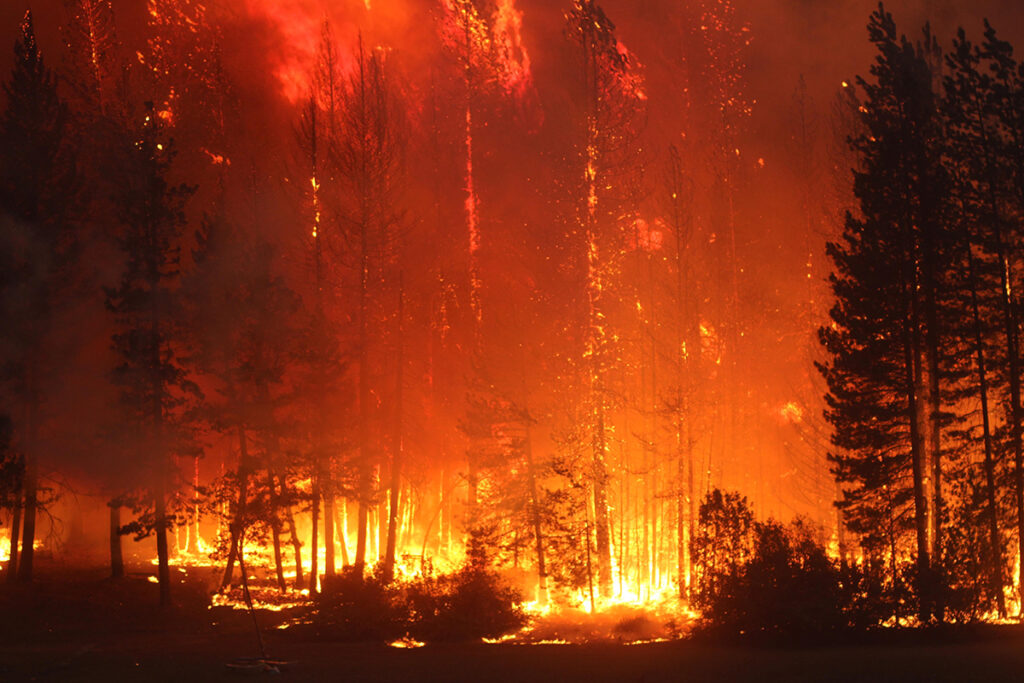Hardly anybody who lives in the American West (and few who live to the east of it) needs to be reminded that the 2020 wildfire season was devastating, with more than 10 million acres burned, 17,500 structures destroyed and $3.5 billion in firefighting resources consumed. And by the time these words reach print, 2020 may almost seem like the good old days. With deep drought, record-setting heat and the unhealthy state of many forests managed by the U.S. Forest Service, 2021 is on pace to be worse.
No single factor explains the record wildfires. According to the Forest Service, topography, climate, weather and fuel buildup play significant roles. But the last of these—the accumulation of highly combustible dead or diseased trees, brush and other vegetation—is the most important, accounting for more than half the increase. Indeed, nearly a third of the 193 million acres of national forests are, according to the agency responsible for managing them, at high or very high risk of wildfire due to excess fuels.
Fortunately, a fix is not beyond our reach. Several innovative projects are aimed at tackling the forest restoration backlog by leveraging the many values national forests provide to local communities, indigenous tribes, industry and conservationists. One idea, the forest resilience bond, has been deployed to raise $4 million in private capital (backed by repayment commitments from government agencies) to fund 15,000 acres of restoration in California, allowing wildfire risk on these lands to be reduced a decade sooner than forest managers could otherwise be expected to do the job.
In Fix America’s Forests, a report written for PERC, we identified practical reforms that would help to scale such innovations by empowering the Forest Service to partner with states, tribes and the private sector, and by encouraging market innovations to make restoration more cost-effective.





